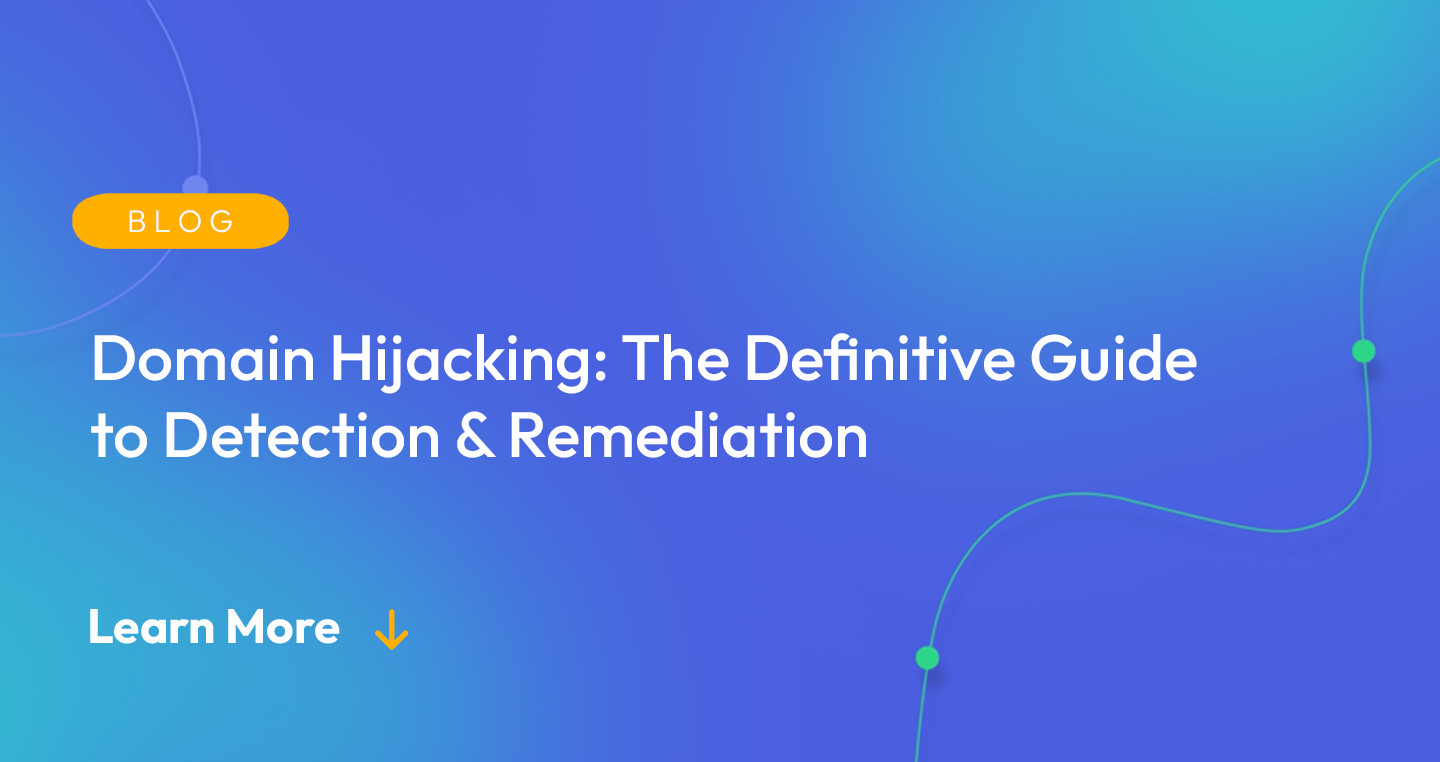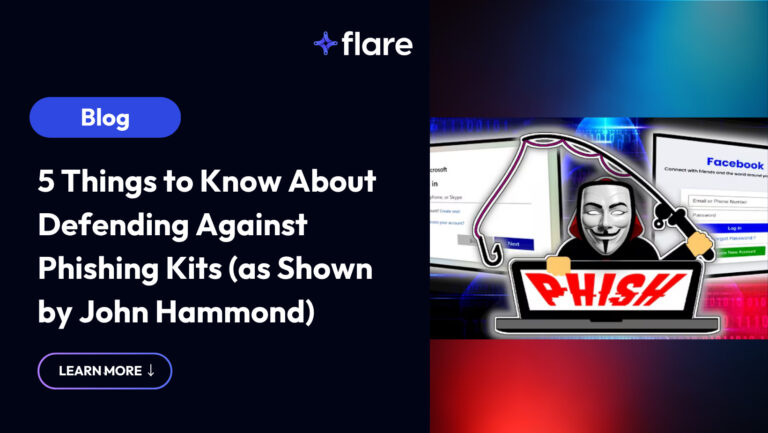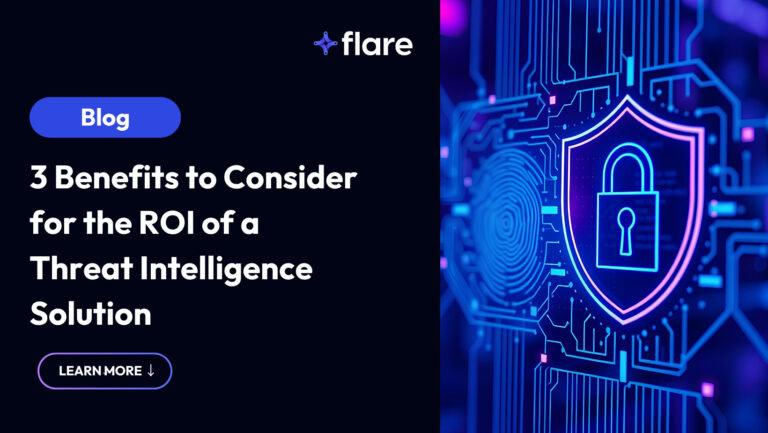
Today, your company website is a critical part of your business. From marketing to sales, you use your website to support your business objectives. In many cases, companies incorporate portals that deliver digital customer experiences, including online purchasing and communications. As a customer-facing reflection of your corporate brand, you focus on how it looks, how easy it is to use, and how it makes people feel. Simultaneously, you need to focus on protecting its security so that you can maintain the digital trust you build with customers.
Domain hijacking can undermine all your hard work, so understanding what it is and how to prevent it is critical to your company’s success.
What Is Domain Hijacking?
Domain name hijacking is when malicious actors gain unauthorized administrative access to a target’s Domain Name System (DNS) information to control the website to further their larger objectives, like:
- Spreading malware
- Conducting phishing attacks
- Redirecting traffic to other websites
- Gathering personally identifiable information (PII)
- Extorting the original owner
How Does Domain Hijacking Work?
Understanding how the DNS system works makes it easier to understand how malicious actors can take over a website without you realizing it.
How the Domain Name System Works
The first thing you do when you build a website is choose a hosting company, create an account, and decide on a name and a top-level domain (TLD).
A domain name registry, appointed by the Internet Corporation for Assigned Names and Numbers (ICANN), manages the TLDs. The most common TLDs are:
- .com
- .org
- .net
- .gov
- .io
The domain registrar is the organization that works with you to determine your website’s complete URL, managing things like:
- Selling the domain name
- Providing registration services
- Offering other services applicable to domains
The registries and registrars manage the WHOIS database, which is a free, publicly available directory containing domain registrant contact and technical information. As part of the domain registration process, you supply your:
- Name
- Address
- Phone number
- Email address
If you supply fake information or fail to update the information, the registry may suspend or cancel the domain name.
Methods for Domain Hijacking
Your domain name registration process uses an online account, meaning that your domain is susceptible to the same kinds of attacks as other cloud resources. Meanwhile, the WHOIS database provides malicious actors with the personal information they need when trying to take over your domain.
Social Engineering
Social engineering is a common attack method used to gain administrator credentials. Once attackers know the administrator’s email, they send a phishing email with a malicious link, directing the admin to login and fix a problem. For example, they might send a message telling the admin that the domain was about to expire, functionally shutting down the website. When the admin clicks the link and enters their credentials, the attackers now have access to the website’s domain.
Credential-based Attack
With a credential-based attack, malicious actors are hoping to get lucky. If they purchased a list of stolen credentials on the dark web, like a combo list, they can attempt a brute force attack. If all they have is the email address, then they can try a password spray attack, hoping that your admin used a weak password.
Impersonation
If the attackers want to do a little more work, they can collect personal information about the domain admin. Using the email and these details, they can contact the domain registrar to change the registration details or transfer the domain to another registrar that they control.
Cybersecurity Vulnerability
If the domain name registrar has a vulnerability, attackers can try to exploit it. Domain name registrars are susceptible to application security vulnerabilities like cross-site scripting attacks.
Why It’s Important To Prevent Domain Hijacking
In a cloud-native world, websites are more than just billboards for marketing. Domain hijacking can cause damages that ripple across various areas of your business.
Financial Damage
For e-commerce and Software-as-a-Service (SaaS) organizations, your domain is critical to revenue. Losing control of your domain creates financial damages by:
- Placing customer data at risk
- Leading to service outages
- Disrupting business operations
Reputation Risk
You become the face of any criminal activity that malicious actors use your website to perpetrate. Further, malicious actors typically use hijacked domains to engage the activities that antivirus software blocks, like malicious advertising and cryptomining. People are likely to remember that they couldn’t access your website long after the antivirus software removes the block.
Compliance Violation
Over the last few years, more governments and industry associations have implemented data protection compliance mandates, like the General Data Protection Regulation (GDPR) and the California Privacy Rights Act (CPRA). Domain hijacking can create compliance violations in two different ways:
- Unauthorized access: gaining access administrative access to the domain gives the attackers access to all information stored on the back end
- Unauthorized data collection: controlling the domain to create a new page that collects PII
How to Mitigate Domain Hijacking Risk
By implementing and enforcing strong security controls, you can reduce the likelihood that attackers will hijack your domain.
Choose a Security-Focused Registrar
Not all domain registrars are created equally. When you’re researching a domain registrar, you should look for one that enables:
- Two-Factor Authentication (2FA) or Multi-Factor Authentication (MFA)
- Setting DNS records from the domain control panel
- Technical support to help recover a hijacked domain
Enable WHOIS Protection
Enabling the WHOIS protection reduces the amount of open-source intelligence (OSINT) available to malicious actors, limiting their ability to use it for social engineering.
Secure Domain Register Credentials
Since the domain register login details give people administrative access to your domain, you should implement and enforce strong security controls, including:
- Strong passwords
- Periodically changing passwords
- Never sharing credentials with designers, developers, or IT services
Monitor the Clear and Dark Web
By monitoring the clear web, you ensure that your WHOIS settings protect sensitive information. By monitoring the dark web, you can detect potentially compromised administrator credentials that malicious actors could use to hijack your domain. By monitoring both the clear and dark web, you gain visibility into different threat vectors for a more holistic approach to security.
Flare & Domain Hijacking Protection
The Flare Threat Exposure Management (TEM) solution empowers organizations to proactively detect, prioritize, and mitigate the types of exposures commonly exploited by threat actors. Our platform automatically scans the clear & dark web and prominent threat actor communities 24/7 to discover unknown events, prioritize risks, and deliver actionable intelligence you can use instantly to improve security.
Flare integrates into your security program in 30 minutes and often replaces several SaaS and open source tools. Learn more by signing up for our free trial.





